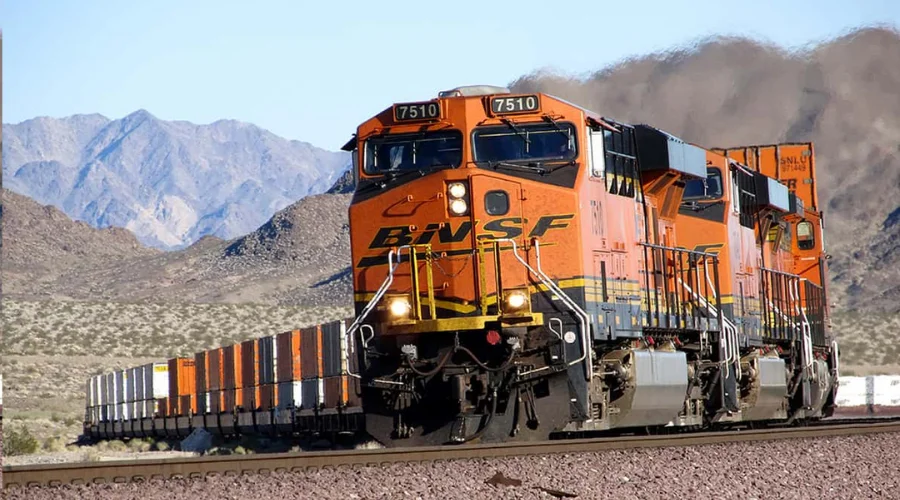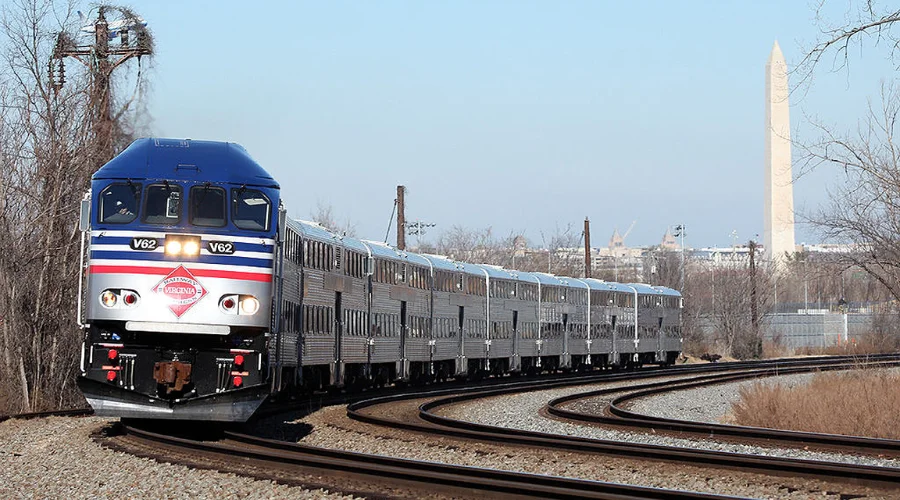
In the dynamic world of transportation, freight trains stand as the unsung heroes, quietly but efficiently carrying the weight of the global economy. As colossal metal giants rolling across vast landscapes, these trains play a pivotal role in transporting goods, connecting industries, and driving commerce forward. In this blog, we will delve into the fascinating realm of freight trains, exploring their history, technological advancements, and the crucial role they play in shaping the modern world.
The Evolution of Freight Trains
From Steam to Steel: A Journey Through Time
The roots of freight trains trace back to the early 19th century when the Industrial Revolution was transforming the global landscape. The first freight trains relied on steam power, chugging along at a pace that seems archaic by today’s standards. These early trains laid the foundation for the expansive and intricate rail networks that would emerge in the years to come.
As technology advanced, so did freight trains. The transition from steam to diesel and electric locomotives marked a significant turning point. Diesel engines, with their improved efficiency and lower maintenance costs, became the workhorses of the railway industry. Electric locomotives, powered by overhead wires or a third rail, further enhanced the speed and reliability of freight transportation.
Key Components of Freight Trains
The Locomotive: Heart and Soul
At the forefront of every freight train is the locomotive, the powerhouse that propels tons of cargo across vast distances. Modern locomotives are a testament to engineering marvels, equipped with advanced technology such as computerized control systems, powerful engines, and aerodynamic designs. These features not only enhance efficiency but also contribute to environmental sustainability by reducing emissions.
Freight Cars: Carrying the Load
Behind the locomotive, an array of freight cars takes center stage. These cars come in various shapes and sizes, each designed to transport specific types of cargo. From boxcars for general goods to flatcars for heavy machinery and tank cars for liquids, the versatility of freight cars allows for the seamless transportation of a wide range of products.
Rail Infrastructure: The Backbone
A robust rail infrastructure forms the backbone of freight train operations. Extensive networks of tracks, bridges, and tunnels facilitate the smooth movement of trains across diverse terrains. Ongoing investments in rail infrastructure contribute to increased efficiency, safety, and the ability to handle growing freight volumes.
Efficiency and Environmental Benefits
Green Freight: A Sustainable Choice
In an era where environmental sustainability is a top priority, freight trains emerge as a green alternative for transporting goods. Compared to other modes of transportation, such as trucks and planes, trains are significantly more fuel-efficient. The collective impact of freight trains on reducing carbon emissions is substantial, making them an eco-friendly choice for businesses looking to minimize their environmental footprint.
Economies of Scale
Freight trains capitalize on economies of scale, efficiently moving large volumes of goods at once. The sheer size and capacity of these trains allow for the transportation of goods in bulk, reducing overall transportation costs. This economic efficiency translates into lower prices for consumers, as businesses can pass on the savings achieved through bulk transportation.
Challenges and Innovations
Navigating Challenges: From Congestion to Connectivity
Despite their efficiency, freight trains face challenges such as congestion and connectivity issues. Overcoming these challenges requires continuous innovation and investment. Advancements in technology, including real-time tracking systems, predictive maintenance, and autonomous trains, are transforming the landscape and addressing these challenges head-on.
The Promise of Hyperloop and Maglev
Looking to the future, the freight train industry is exploring cutting-edge technologies like hyperloop and magnetic levitation (maglev) for even greater speed and efficiency. Hyperloop, a concept pioneered by Elon Musk, envisions transporting freight in vacuum-sealed tubes at incredible speeds. Maglev trains, using magnetic levitation to eliminate friction, have the potential to revolutionize freight transportation by further reducing travel times and energy consumption.
Global Impact of Freight Trains
Connecting Continents: The Silk Road of the 21st Century
Freight trains play a crucial role in connecting continents through ambitious projects like the New Silk Road or Belt and Road Initiative. These transcontinental rail networks facilitate the movement of goods between Asia, Europe, and Africa, opening up new economic opportunities and fostering international trade partnerships. The speed and efficiency of freight trains make them a key player in the globalization of supply chains.
Rural Development and Industrial Growth
In addition to international connectivity, freight trains contribute significantly to local economies and industrial growth. Rail transport is often a lifeline for rural communities, providing a cost-effective means of transporting raw materials and finished goods. The presence of a well-connected rail network can stimulate industrial development by facilitating the movement of goods to and from manufacturing hubs.
Conclusion
As we reflect on the evolution, efficiency, challenges, and global impact of freight trains, it becomes evident that they are far more than mere vehicles on tracks. They are the arteries of commerce, pumping life into economies around the world. The future of freight trains holds exciting possibilities, with technological innovations promising to propel this mode of transportation into new frontiers of speed, efficiency, and sustainability.
Whether it’s the rhythmic clatter of wheels on tracks or the distant hum of a powerful locomotive, the world of freight trains continues to captivate and inspire. As we ride the rails into the future, the legacy of freight trains as the powerhouse of transportation is bound to endure, shaping the way goods are moved and economies thrive.


